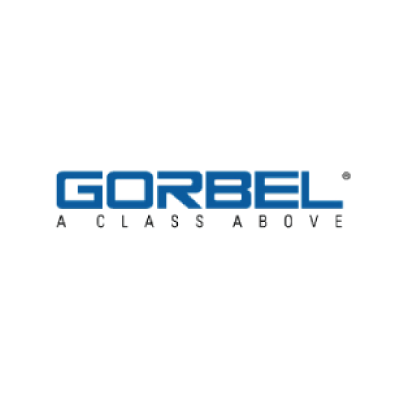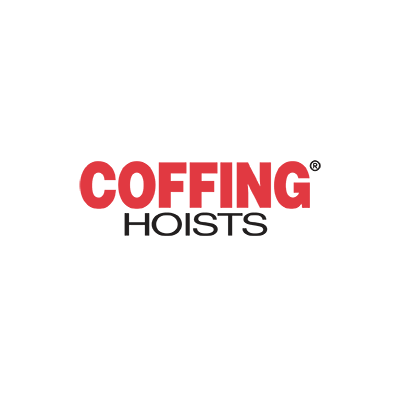What are jib crane components?
A jib crane is made up of several key components that work together to lift and move heavy loads. The main components of a jib crane include the horizontal jib, the mast or support column, the bearing system, the hoist, and the controls.
The horizontal jib is the arm of the crane that extends from the mast and supports the hoist and the load being lifted. It can rotate horizontally up to 360 degrees, providing a wide range of motion for lifting and moving heavy objects.
The mast or support column is the vertical structure that supports the jib and the bearing system. It is typically bolted or welded to a foundation or a structural member such as a wall or a column.
The bearing system is what allows the jib to rotate horizontally. It consists of a series of bearings or bushings that are located at the base of the jib and the top of the mast. The bearing system is designed to provide smooth and precise rotation of the jib, allowing the crane operator to position the load with a high degree of accuracy.
The hoist is the lifting mechanism that is used to raise and lower the load. It can be powered by electricity, air, or hydraulics, and typically consists of a motor, a gearbox, and a lifting mechanism such as a chain or wire rope.
Finally, the controls are the devices that are used to operate the crane. They can include push-button pendant controls, remote control devices, or automated systems that can be programmed to lift and move loads with a high degree of precision.





